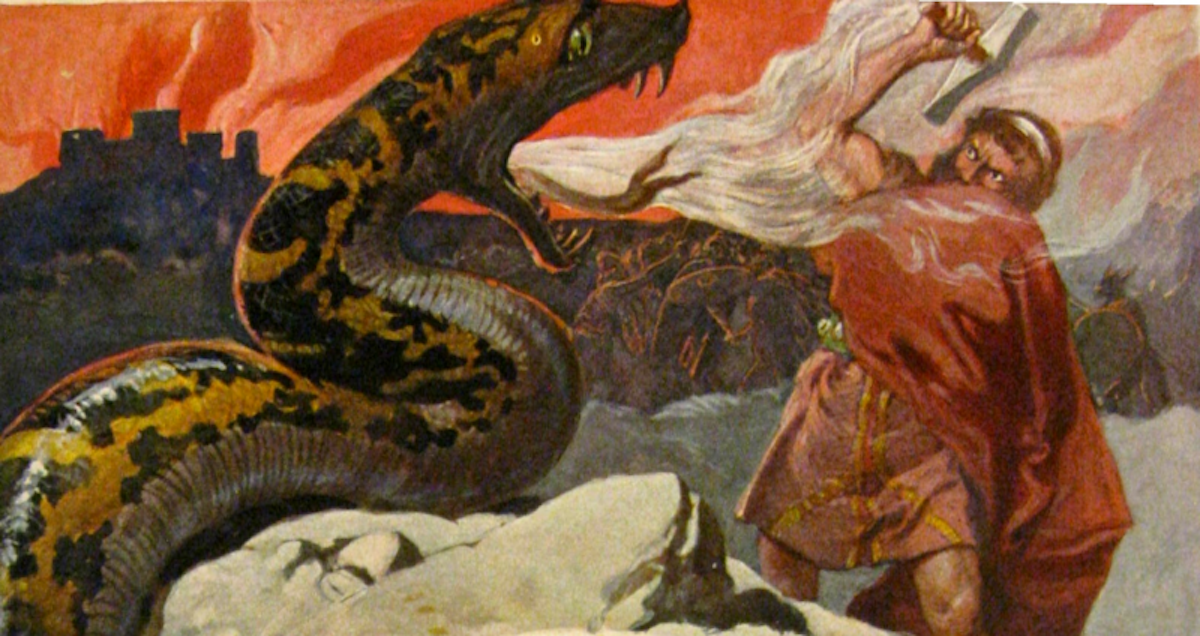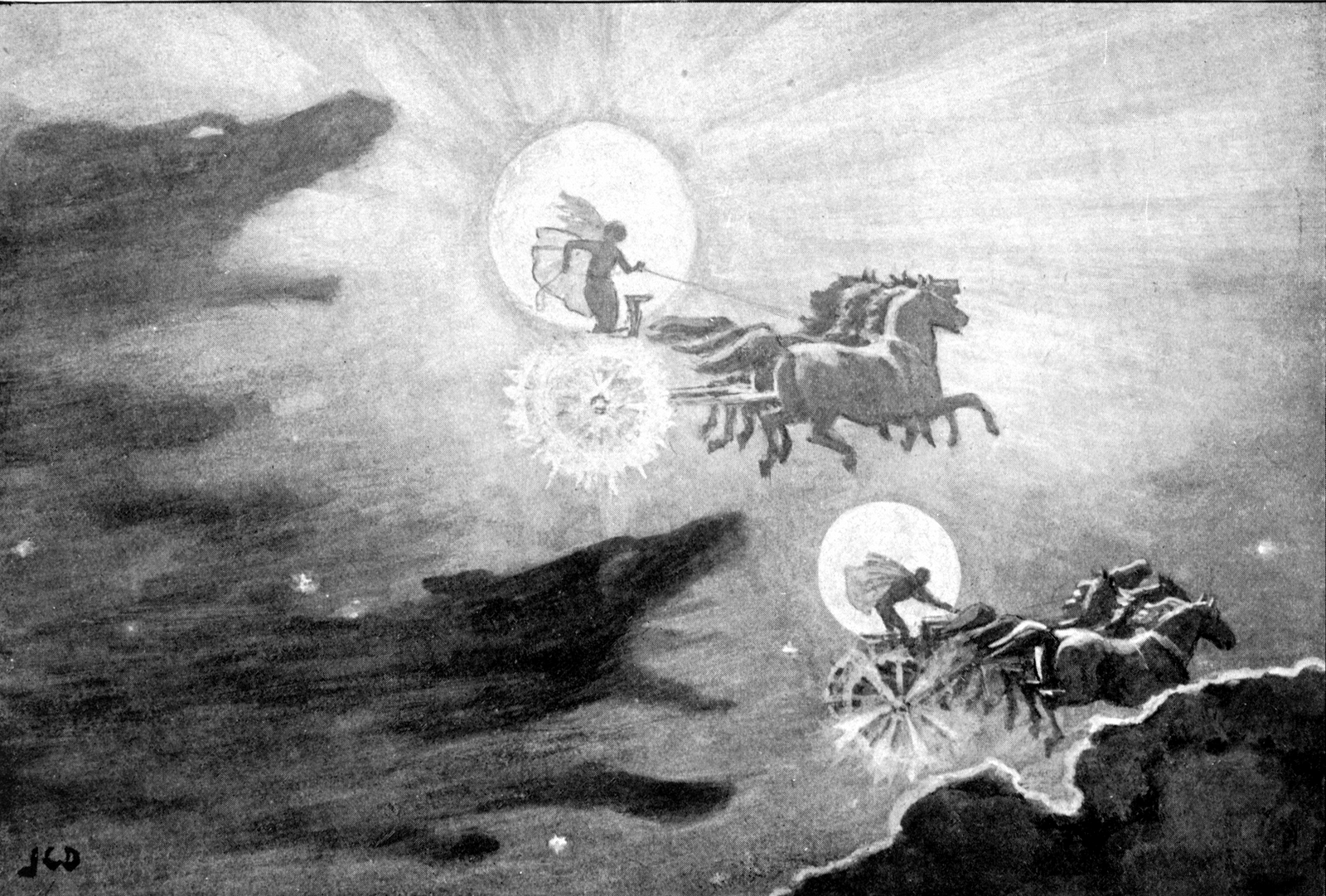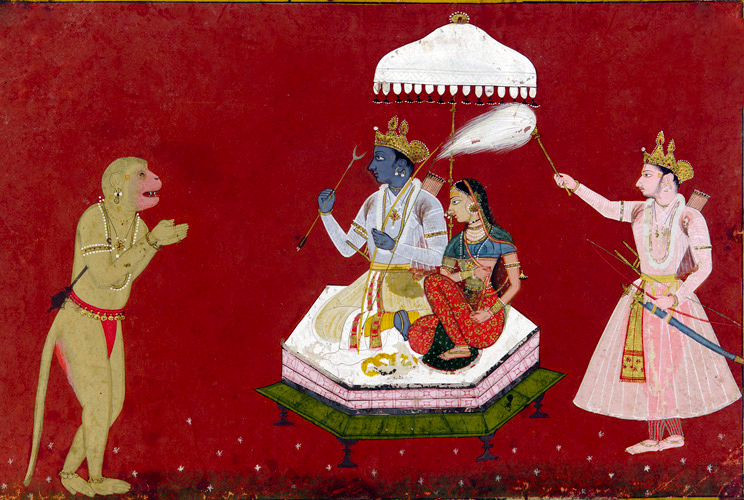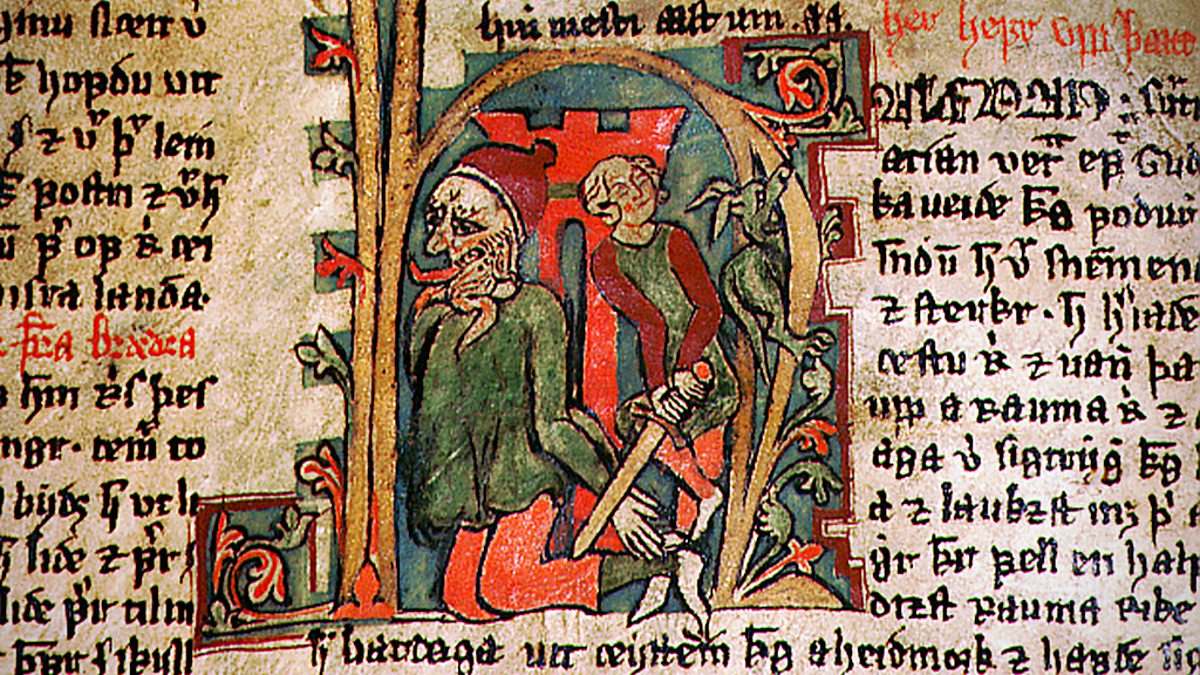
Some
stories are primal. Some have drawn the attention of readers for
centuries or even millennia–they might be national epics, sacred texts,
or myths that explain some quality of the world. Depending on the
reader, they might be all those things. But just as certain stories
retain the ability to hold an audience rapt, so too do they inspire a
particular group of writers to retell them.
This
is far from a new literary tradition. Italo Calvino’s bibliography
involves plenty of genre-defying, narratively innovative, and
head-spinning works; it also includes 1956’s Italian Folktales,
a massive collection of, well, retold versions of Italian folktales.
William Butler Yeats collected several volumes of Irish folktales in the
late 19th century. And in 1973, R. K. Narayan, best-known for his works
of literary realism, published a shortened prose version of The Ramayana,
a centuries-old Tamil epic. Canongate’s ‘The Myths’ series has included
contributions from writers like Ali Smith, David Grossman, and Margaret
Atwood. Here, the definition of ‘myths’ is wide-ranging: Smith’s Girl Meets Boy juxtaposes a retelling of Ovid’s tales of changing bodies with more contemporary concerns, while Grossman’s Lion’s Honey is an essayistic meditation on the Old Testament story of Samson.
Some
tellers of ancient tales prefer a decidedly restrained approach, a
neutral tone that serves as a literary middle ground between the archaic
style in which the stories were initially told and a more contemporary
voice. For others, though, a contemporary sense of language is crucial.
Chester Brown’s recent graphic novel Mary Wept over the Feet of Jesus
retells several stories from the Bible pertaining to sex work. Brown
uses a familiar and conversational tone throughout; one caption
memorably reads “Meanwhile, in Heaven, the angels are hanging out.”
Among the highest-profile retellings of ancient stories in recent years is Neil Gaiman’s Norse Mythology. Gaiman has a longstanding fascination with the deities. His novels American Gods and Anansi Boys
feature riffs on immortals from numerous pantheons, with questions of
perception, belief, and evolution thrown into the mix. Even earlier,
Gaiman wrote several of the Norse gods–notably, Thor, Odin, and Loki–in
his groundbreaking Vertigo comics series Sandman.
There’s an element of circularity, then, to aspects of Gaiman’s introduction to Norse Mythology, in which he writes about his own initial experience with these Norse figures.
My first encounter with Asgard and its inhabitants was as a small boy, no more than seven, reading the adventures of the Mighty Thor as depicted by American comics artist Jack Kirby, in stories plotted by Kirby and Stan Lee and dialogued by Stan Lee’s brother Larry Lieber.
It’s
probably also worth pointing out that a version of Marvel Comics’ Thor
turned up, albeit briefly, in the Gaiman-penned series 1602. Norse Mythology
marks the fourth time Gaiman has taken a crack at these characters;
like Johnny Cash going into the studio with Rick Rubin, there seems to
be an effort to get back to the basics, to find what’s essential in a
familiar story without too many additional trappings.

It’s
significant that, by and large, there are no postmodern or
metafictional nods in Gaiman’s retellings. The way in which stories are
told, and how belief in certain narratives can influence reality, are
concepts Gaiman has wrestled with in numerous works. Here, the
narratives are more straightforward; this feels more suitable for an
all-ages audience — it’s more about the flair of the telling. There is
the sense that he did savor writing some choice bits of dialogue—the
trickster Loki reveling in someone’s inability to consider “the
exactness of their words,” for instance. And the voice through which
Gaiman recounts these stories also is polished; it’s one that seems
familiar and collegial with both these characters and the reader
experiencing the stories:
That was the thing about Loki. You resented him even when you were at your most grateful, and you were grateful to him even when you hated him the most.
In his introduction to Norse Mythology,
Gaiman writes about his process of assembling this book, reading “words
from nine hundred years ago and before, picking and choosing what tales
I wanted to retell and how I wanted to tell them.” In an interview
with Petra Mayer at NPR, Gaiman spoke about the appeal of this
particular mythology because it has an end point, which created a sense
of a larger narrative. Ragnarok, Gaiman argues, “turns the entire thing
into a tragedy, which gives it depth, it gives it base notes, it gives
it a peculiar profundity.” It’s a prime example of how a modern
storyteller can find their own angle on long-running narratives.
Like Johnny Cash going into the studio with Rick Rubin, there seems to be an effort to get back to the basics, to find what’s essential in a familiar story without too many additional trappings.
That’s an essential part of crafting retellings that will endure. In a 1988 interview with Adit De, R. K. Narayan spoke about his own work with classic narratives — retellings of The Ramayana and The Mahabharata.
For him, the need to retell these stories was essential. “They are
symbolic and philosophical,” he explained. “Even as mere stories, they
are so good. Marvellous. I couldn’t help writing them. It was part of a
writer’s discipline.”

For
some writers, tapping into the essential elements of an older text can
be its own reward. Others may well want to explore more contemporary
questions or use the narrative to critique something in their own
society. Halldor Laxness’s novel Wayward Heroes
was written in 1952, but was only recently translated (by Philip
Roughton) into English. From the first page of Laxness’s novel, he makes
it clear that this is a conscious retelling of an older work:
Most of the stories of these warriors we find so remarkable that recalling them once more is certainly worth our time and attention, and thus we have spent long hours compiling into one narrative their achievements as related in numerous books. Foremost among these, we would be remiss not to name, is the Great Saga of the Sworn Brothers.
If
the tone of that passage strikes you as overblown, that’s the point.
The two sworn brothers in question, Þorgeir and Þormóður, engage in a
host of bloody feats over the course of the book that ultimately feel
more tragicomic than remarkable. In a long essay about the works of Laxness for Harper’s, Justin Taylor argues that “Wayward Heroes belongs in the pantheon of the antiwar novel alongside such touchstones as Slaughterhouse-Five and Catch-22.”
Whether straightforward or revisionist, these stories can be adapted into countless forms, and experienced in a host of ways.
Throughout
the novel, there are reminders that this is a retelling of an older
story. A paragraph in one section of the novel set in Greenland opens
with a line that reads like nonfiction: “Sources state that when
Þormóður reached the Eastern Settlement…” Later on, the action pauses
entirely so that the book’s narrator can draw attention to narrative
discrepancies: “There are two different accounts concerning what
subsequently occurred between the brothers-in-law.” From there follows a
long and self-effacing explanation of why, exactly, one of the two
accounts has been chosen to appear in these pages.

This
seems entirely in keeping with Laxness’s wry tone, which takes notions
of heroism and national glory down several pegs. So too is the use of
narrative ambiguity when one of the novel’s central characters dies.
“[W]e shall never gain a clear answer from men of learning — the old
books differ widely on these details,” Laxness writes.
For
writers like Narayan and Gaiman, revisiting older stories was a kind of
master class in narrative: finding what was most essential about
certain essential stories and making it their own. For others–Laxness
certainly comes to mind, as do several of the writers who have written
books for Canongate–the oldest of stories are fertile ground to examine
much more contemporary concerns. And perhaps that’s the biggest
testimonial of all to the staying power of some of these narratives:
whether straightforward or revisionist, they can be adapted into
countless forms, and experienced in a host of ways. Some of these
stories date back to the oral tradition; a series of repeated retellings
was what made them endure over the years, the decades, the centuries.
Retelling might involve a storyteller finding their own perspective on
something timeless; it might involve using an ancient tale to illuminate
something contemporary. Though the stories in these relatively recent
retellings are printed and bound, their lineage hails back much further
into the history of narrative. What these contemporary forms and devices
do, then, is give us something to handle, something to set beside more
recent works, seeing how these stories have influenced generations of
stories and storytellers that followed. And perhaps for some readers,
these versions will spark a new cycle of tellings and retellings.

No comments:
Post a Comment